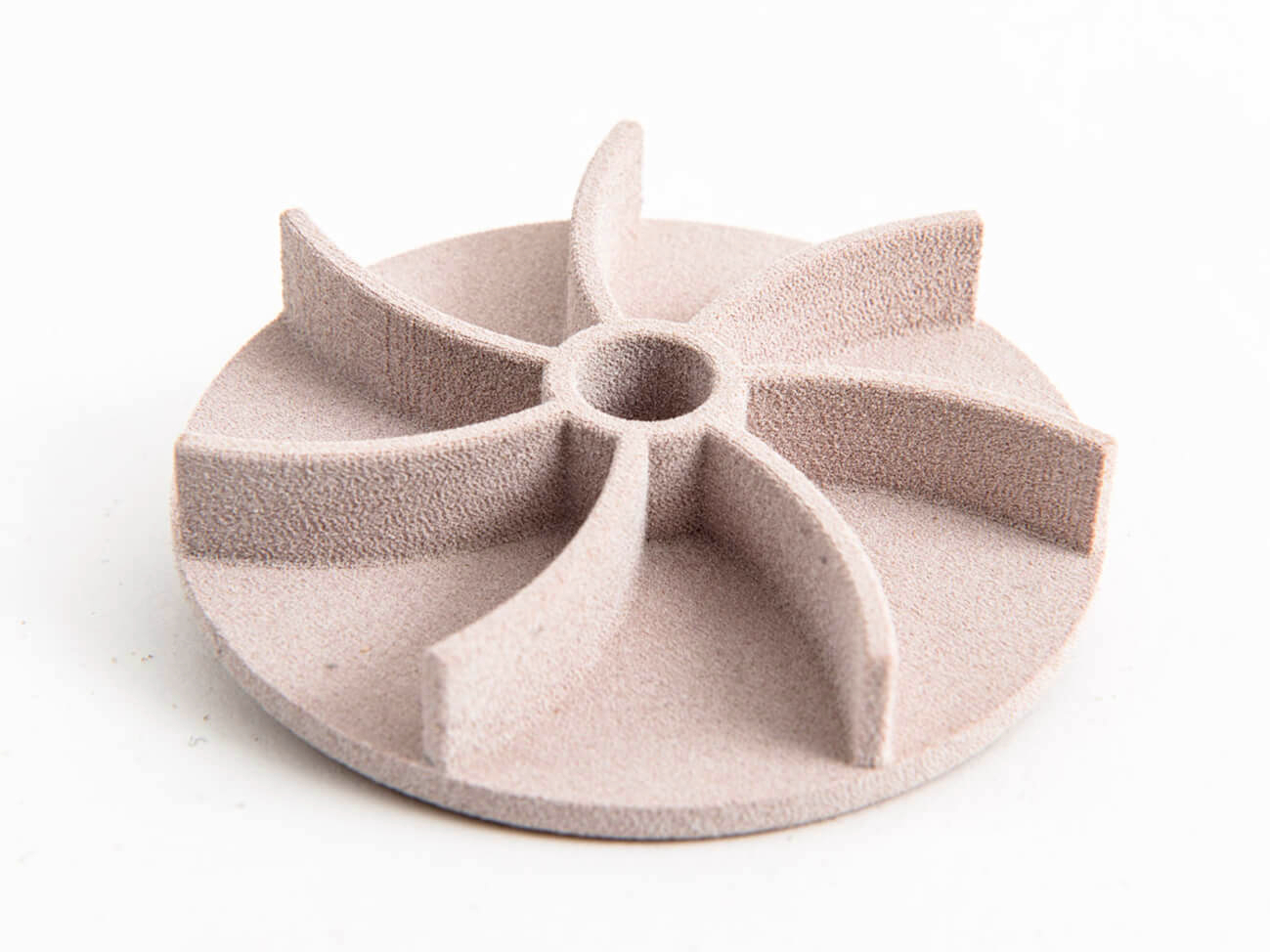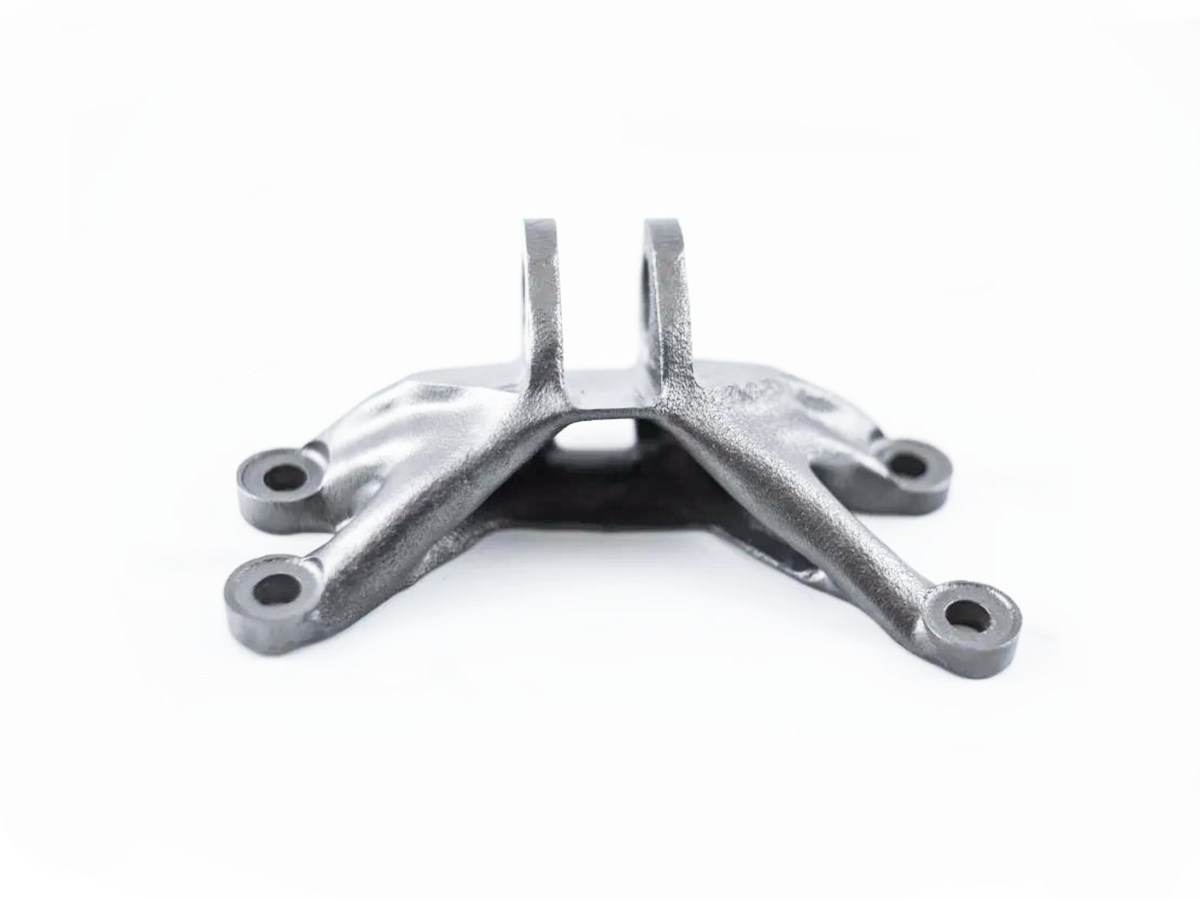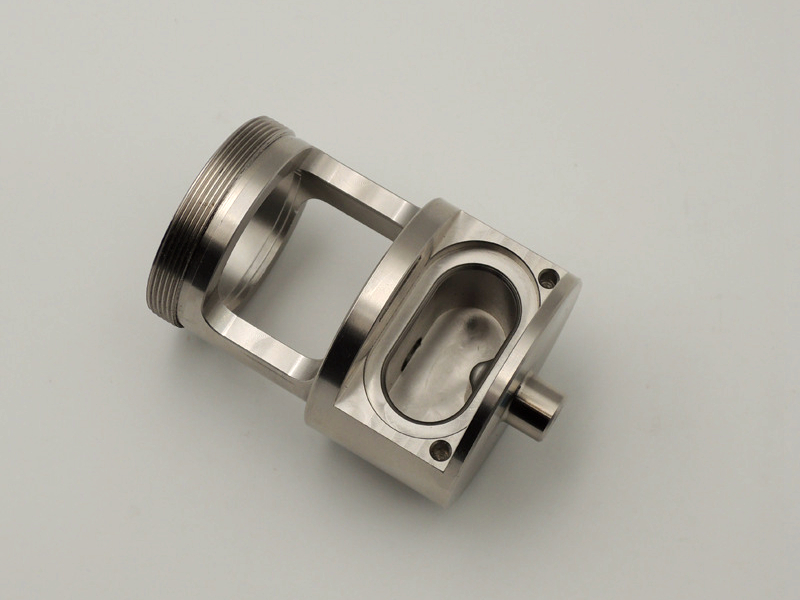How does long-term creep performance of Inconel DMLS compare to conventional parts?
From a materials engineering and long-term performance perspective, the creep resistance of Inconel alloys produced via Direct Metal Laser Sintering (DMLS) is a critical consideration for high-temperature applications in aerospace and aviation and power generation. While DMLS can achieve excellent short-term tensile properties, its long-term creep performance compared to wrought material is highly dependent on the interplay between microstructure, post-processing, and the presence of inherent process-specific defects.
The Microstructural Divide and Its Impact
The fundamental difference lies in the microstructure:
Conventional Wrought/Forged Inconel: Processes like forging create a uniform, equiaxed grain structure with well-defined grain boundaries. This homogeneous, wrought microstructure is highly resistant to the grain boundary sliding and cavity formation that characterize creep deformation.
DMLS Inconel: The process results in a very fine, non-equilibrium microstructure characterized by rapid solidification. This often includes columnar grains that epitaxially grow through multiple layers along the build direction. While this fine structure can enhance yield strength, it can be less stable under prolonged thermal exposure.
Factors Limiting DMLS Creep Performance
Internal Defects: The primary concern for creep is the potential for minute porosity, partially melted powder particles, or lack-of-fusion voids. Under the combined action of high temperature and constant stress, these defects act as nucleation sites for creep cavities and micro-cracks, leading to premature failure.
Anisotropy: The columnar grain structure and the layer-by-layer nature of DMLS can lead to anisotropic creep properties. Creep resistance is often superior in the direction parallel to the build layers (X-Y plane) compared to the build direction (Z-axis), where grain boundaries aligned perpendicular to the stress can facilitate faster deformation.
Microstructural Instability: The metastable, as-built DMLS microstructure will evolve when held at high temperatures for extended periods. Coarsening of the fine grains and precipitation phases can occur, leading to a gradual loss of creep strength over time compared to the stable microstructure of a wrought and properly heat-treated component.
Bridging the Gap with Post-Processing
To make DMLS Inconel viable for critical creep applications, rigorous post-processing is non-negotiable:
Hot Isostatic Pressing (HIP): This is the single most important step. HIP subjects the part to high temperature and isostatic gas pressure, which plastically deforms the metal to close internal pores and voids. This dramatically improves ductility and homogenizes the microstructure, directly enhancing creep life by eliminating the primary failure initiation sites.
Solution and Aging Heat Treatment: A tailored heat treatment is essential for alloys like Inconel 718 after HIP. It dissolves undesirable phases and precipitates the strengthening gamma prime/double prime particles in a controlled manner, creating a stable, creep-resistant microstructure.
Current State of Performance
With optimal process parameters and full post-processing (HIP + Heat Treatment), the creep performance of DMLS Inconel can come remarkably close to that of its wrought counterpart. Studies on well-processed Inconel 718, for example, show that its creep rupture life can reach 80-95% of that of forged material at equivalent temperatures and stresses.
However, "match" is a high bar. The wrought material generally retains a margin of superiority due to its more homogeneous and isotropic grain structure. The consistency and predictability of DMLS creep life can also exhibit more scatter than forged material, due to the process's sensitivity to parameters and the potential for rare, undetected defects.
Engineering Guidelines for Selection
Choose Conventional Forging for Maximum Creep Resistance: For the most critical, high-stress, high-temperature components where absolute maximum creep life and proven reliability are paramount (e.g., turbine disks), forged Inconel remains the standard.
Select DMLS for Design-Led Applications: DMLS is the preferred choice when the design requires complex internal cooling channels, lightweight lattices, or part consolidation that is impossible to achieve through forging. In these cases, the slight potential deficit in creep performance is offset by substantial gains in system efficiency and functionality.
Mandate Rigorous Post-Processing and Testing: Any DMLS part intended for a high-temperature, creep-limited application must undergo HIP and a certified heat treatment cycle. Lot testing and advanced non-destructive testing (NDT), such as CT scanning, are often required to validate the internal integrity of critical components.
In conclusion, while DMLS Inconel cannot be universally assumed to match the creep performance of the best conventionally processed material, it has evolved from a prototyping method to a viable production solution for many demanding applications, provided its unique post-processing needs are met to ensure long-term structural integrity.



